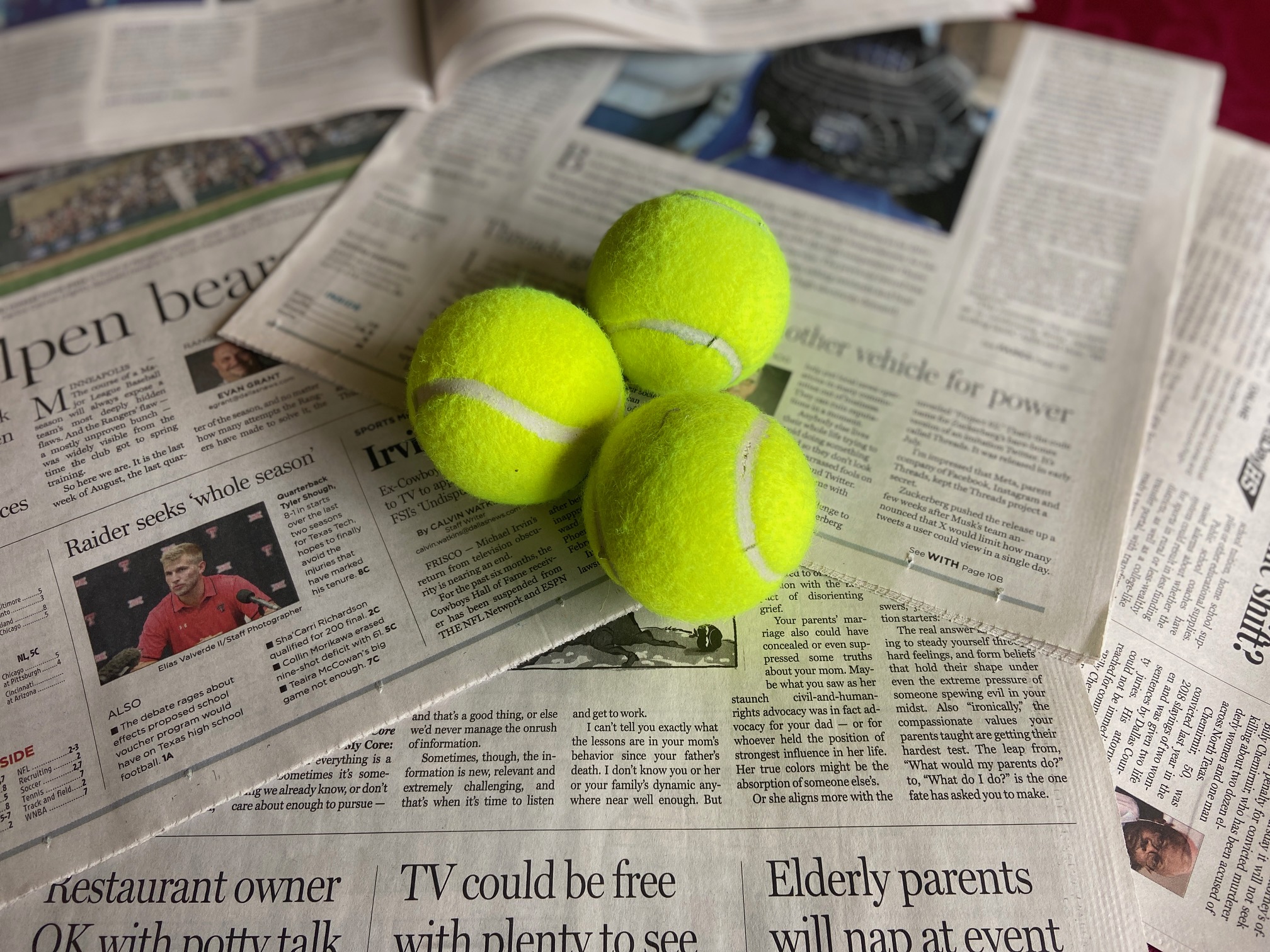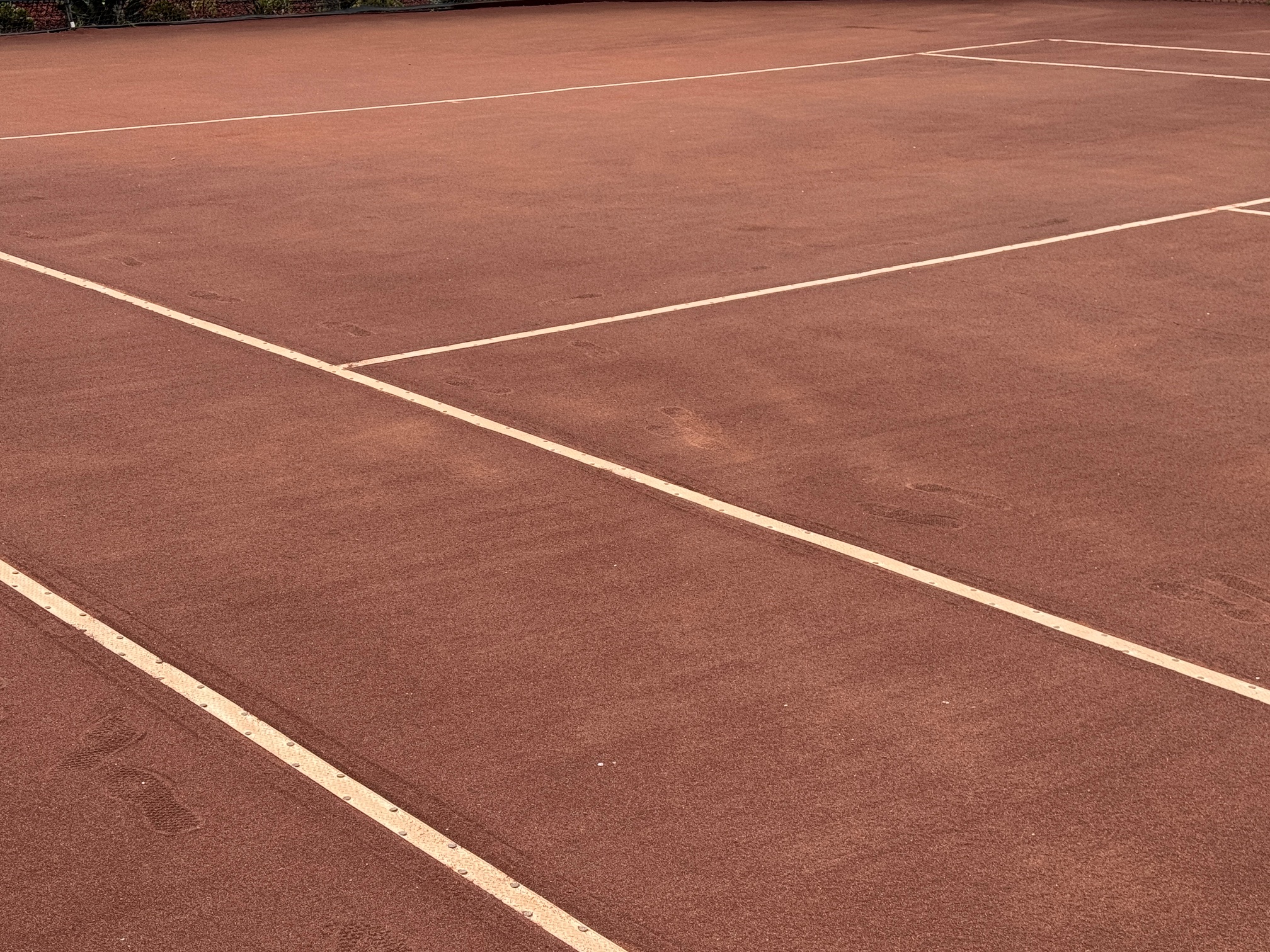In case you have been living under a rock and somehow missed the news that Novak Djokovic and several others tested positive for COVID-19 following the Adria Tour exhibition, I congratulate you on your effective social distancing efforts. This event is a great launch point for examining the return to tournament play at both the professional and local levels.
The outbreak of players who played the Adria Tour event increases the already somewhat precarious prospects that the US Open can be conducted as planned. In the wake of this, Djokovic has been sharply criticized for lack of safety protocols implemented during the event and for obvious disregard of social distancing practices. Other exhibitions currently being conducted have ostentatious displays of safety protocols and distancing.
Professional sports are in the process of attempting to establish “bubbles” so that competition can resume. The problem is, it only takes one person to burst that bubble. The Orlando Pride has had to withdraw from the National Women’s Soccer League (NWSL) tournament after 10 positive COVID-19 tests in the organization. This outbreak is being blamed on a group of players who broke social distancing protocols and went to a nightclub.
Overnight new video emerged of Alexander Zvrev partying only a few days after his heartfelt apology over his irresponsible behavior at the Adria Tour. Nick Kyrgios had some choice comments, which included the words “selfish,” “bone-headed,” and “wildly self-centered.” Nick Kyrgios… has somehow become the voice of reason on the ATP Tour. Let that sink in for a few seconds.
Bubbles can only work if everyone within them behaves responsibly. This crisis has illustrated that we cannot count on everyone to do so. It should also be noted that bubbles sometimes burst in the absence of irresponsible behavior. That does not excuse irresponsible behavior.
When I calculate my risk associated playing tennis in the COVID-19 era, I have to make assumptions about how responsible other people will be. There is a lot of variation in what people consider to be acceptable behavior which has to be taken into account. These two events highlighted above illustrate what happen when people who are in a bubble or who are imminently about to join a bubble don’t follow the rules.
Last week the Facebook group for Texas tournament players was confronted with evidence that a COVID-19 positive player recently showed up to play a match. The ensuing spirited discussion illuminated to me that the range of what people would consider to be responsible behavior is much wider than I would have imagined.
Until last week, I would have not have even considered the possibility that a player who had tested positive for COVID-19 would do anything other than self isolate for 14 days. I would have completely discounted the possibility that someone would show up for a tennis match who had tested positive without being first medically cleared to do so.
The suspension of USTA tournament play in Texas lifts July 1. The first adult tournament out of the chute is the “Polo Tennis and Fitness Club Summer Adult Open.” 82 players are entered. As of this time, there is nothing on the tournament home page in terms of safety protocols.
I work at a federally mandated “essential” business. Every time I set foot on the premises, I go through a self certification process. This includes an attestation that I am not currently COVID-19 positive, that I have taken my temperature and am not running a fever, that I am not experiencing any COVID-19 related symptoms, that I have not been in close contact with anyone who is COVID-19 positive in the past 14 days, and that I have not been out of the country during the same time period.
I believe that a similar self-attestation should be required to play in USTA events. The exact details and contents can be debated. At a minimum I would think that players who have tested COVID-19 should agree not to play until medically cleared as negative. Until last week I would have thought this was common sense, but apparently not.
I also looked at the information for junior tournaments in Texas for evidence of safety protocols in those events. What I find is limitations on draw sizes and overall participation to keep numbers down. I would also note that doubles has been eliminated from those events in the interest of social distancing.
In the Polo Club adult tournament, only 38 of the 82 players entered are singles only. I am still trying to get my head wrapped around how doubles is somehow more dangerous for the juniors than the adults.
The USTA National Playing Tennis Safely web page and flyer contains the following (abridged) provision:
Do not play if you:
Are exhibiting any symptoms of the coronavirus.
Have been in contact with someone with COVID-19 in the last 14 days.
USTA Playing Tennis Safely Web Page
I think the USTA needs to add a clause to not play if you are currently COVID-19 positive and turn the whole thing into an additional attestation required to play USTA sanctioned events, adults and juniors.
Return to play is about making people feel comfortable and safe enough to play those events. I guess not implementing safety measures or publishing the safety measures that are in place is one strategy for doing that. It doesn’t work for me.
- Novak Djokovic Tests Positive for the Coronavirus, Christopher Clarey and Elian Peltier, New York Times, June 23, 2020.
- Orlando Pride withdraws from NWSL tourney after COVID-19 positives, Anne M Peterson, The Denver Post, June 23, 2020.
- Tennis: Nick Kyrgios explodes at ‘selfish’ Alexander Zverev after party video, Jai Bednal, news.com.au, June 29, 2020.
- Polo Tennis and Fitness Club Summer Adult Open (Ad), https://tennislink.usta.com/tournaments/TournamentHome/Tournament.aspx?T=243019#&&s=0, page viewed June 27, 2020.
- Texas 2020 & 2021 Junior Tournament Changes, https://www.usta.com/en/home/stay-current/texas/2021-junior-structure-in-texas.html
- USTA Playing Tennis Safely: Player Tips and Recommendations, May 28, 2020. Viewed June 27, 2020.
As a footnote, I did note that there is a “new” medical release form for juniors that I cannot access. I would note that the new waiver was required as of January and thus is COVID-19 related.



